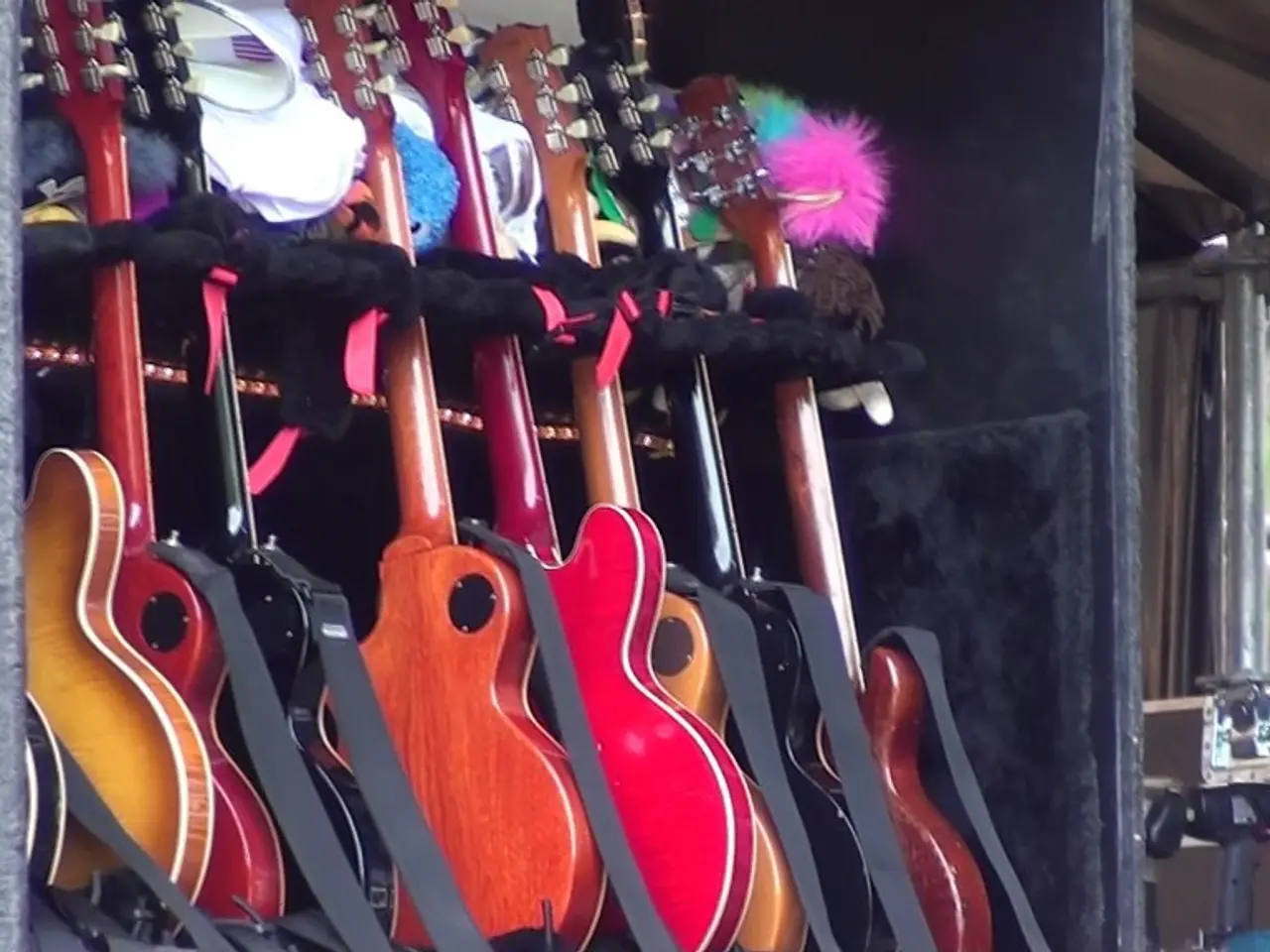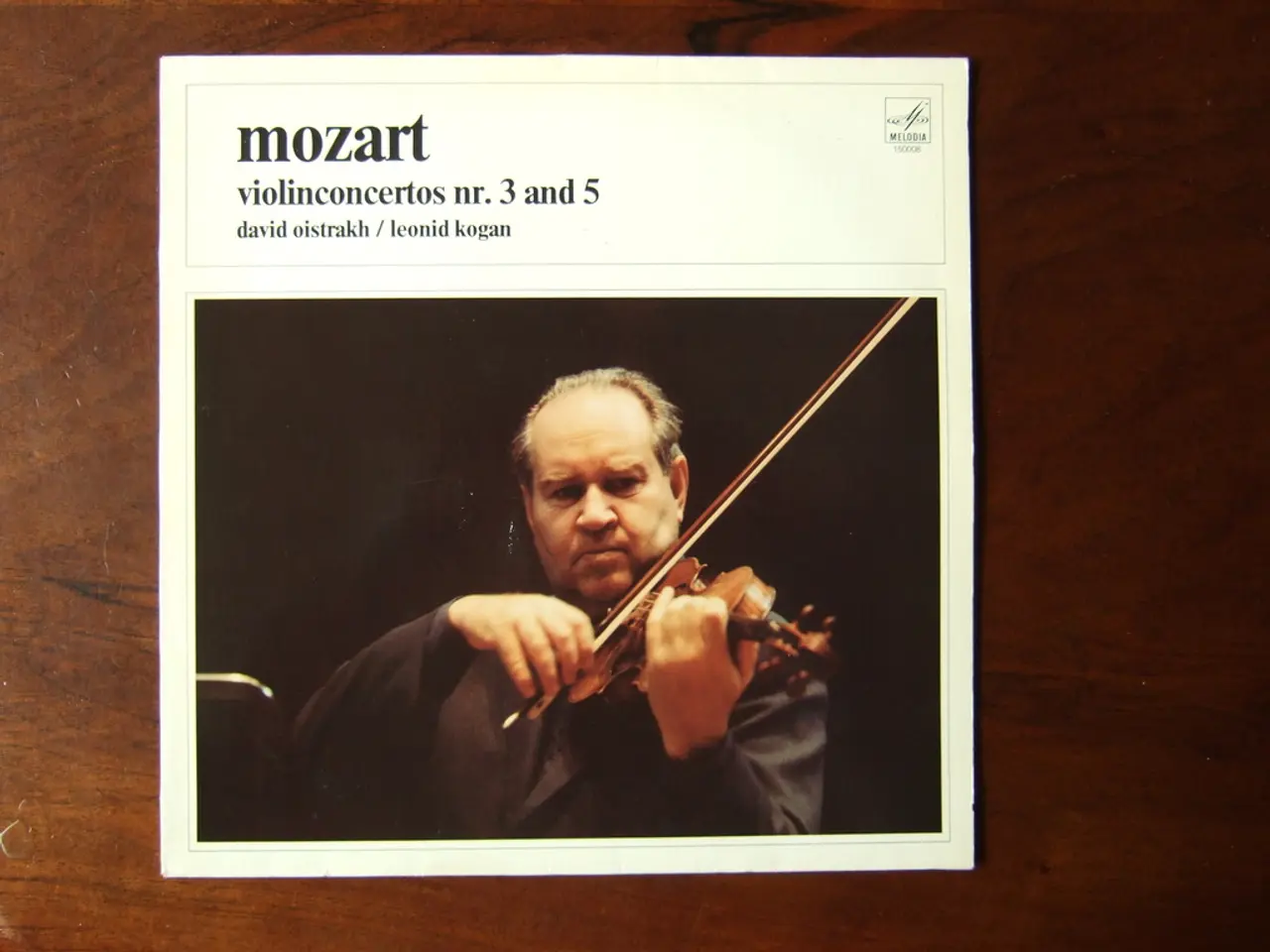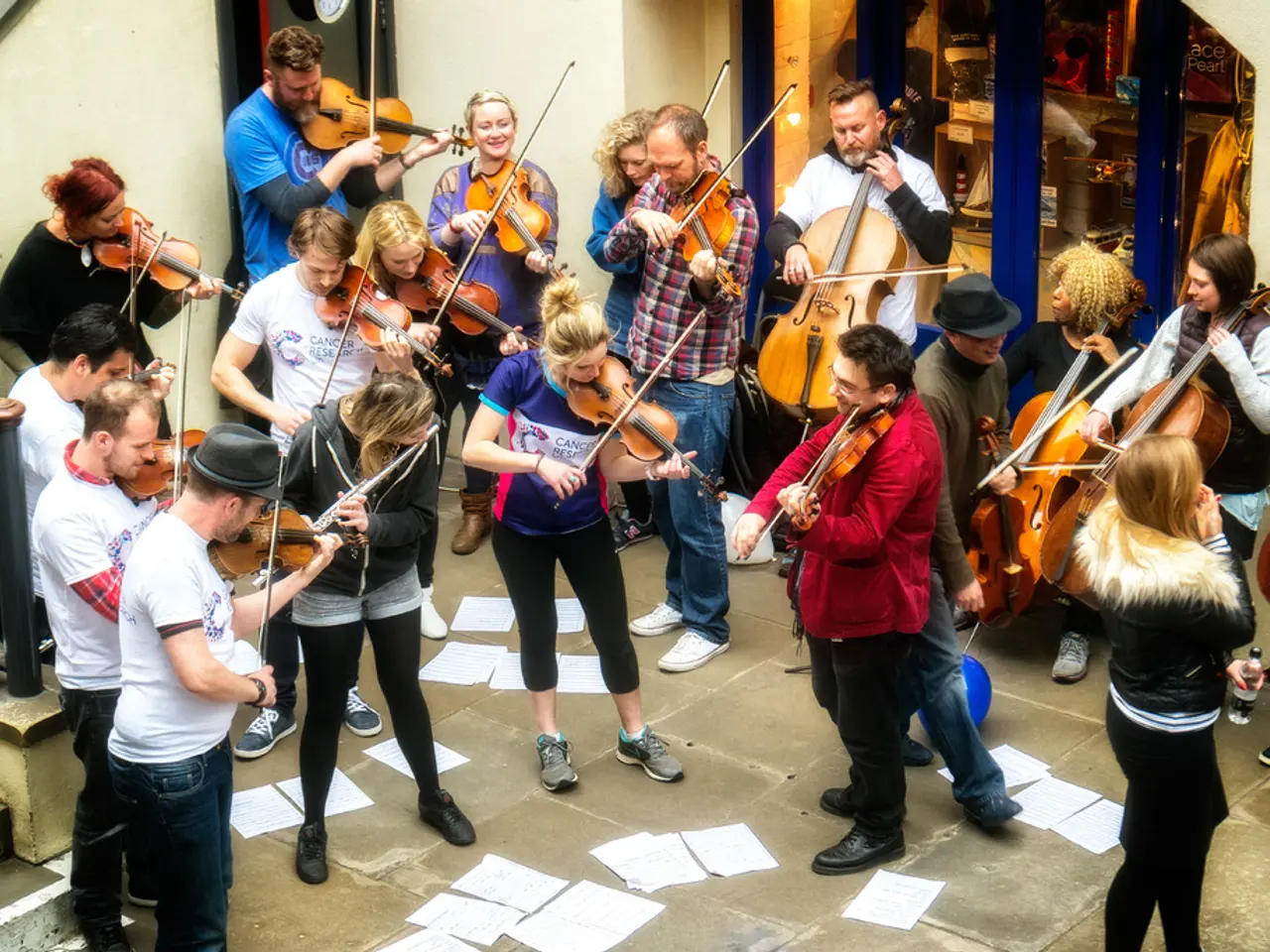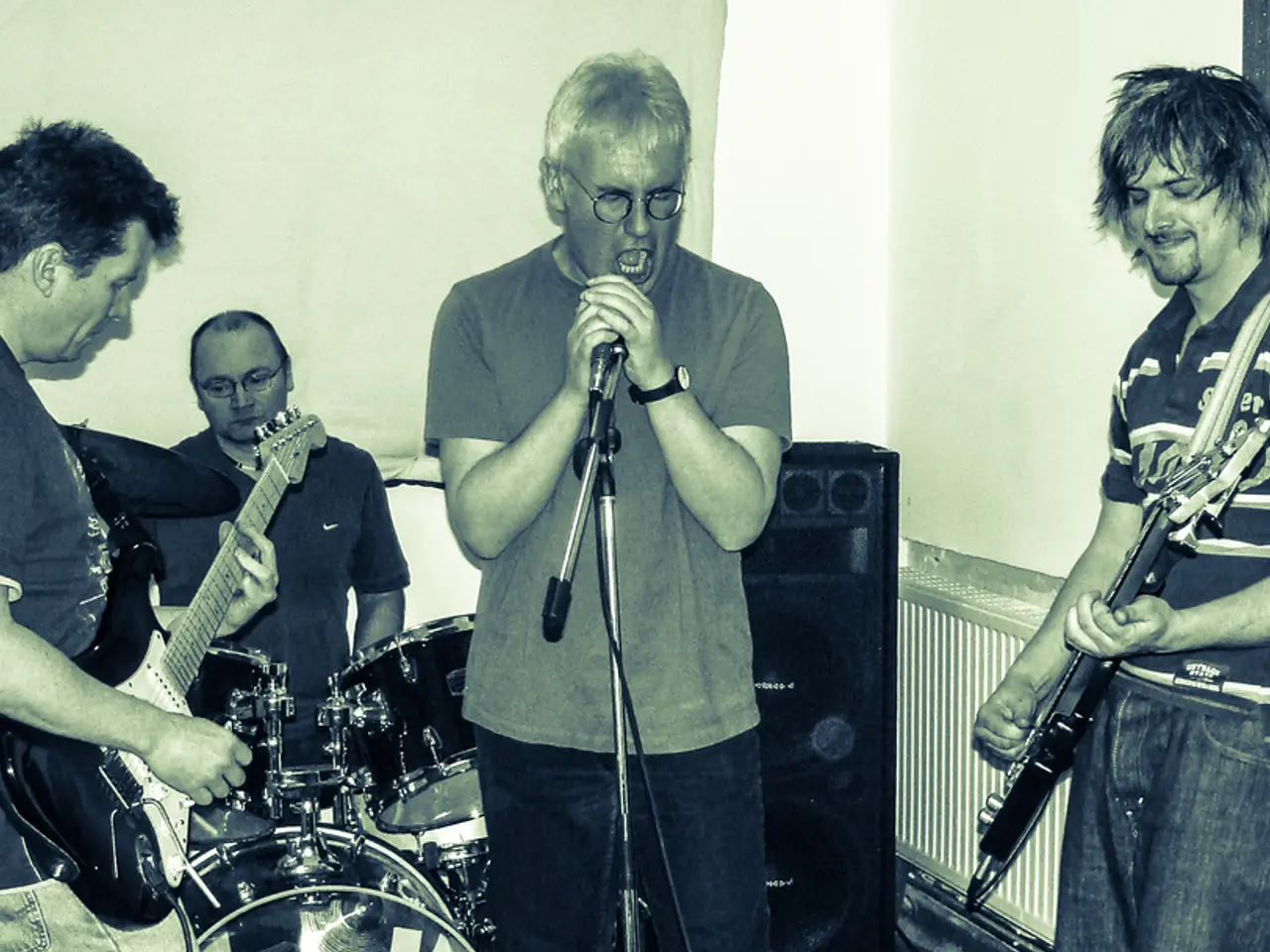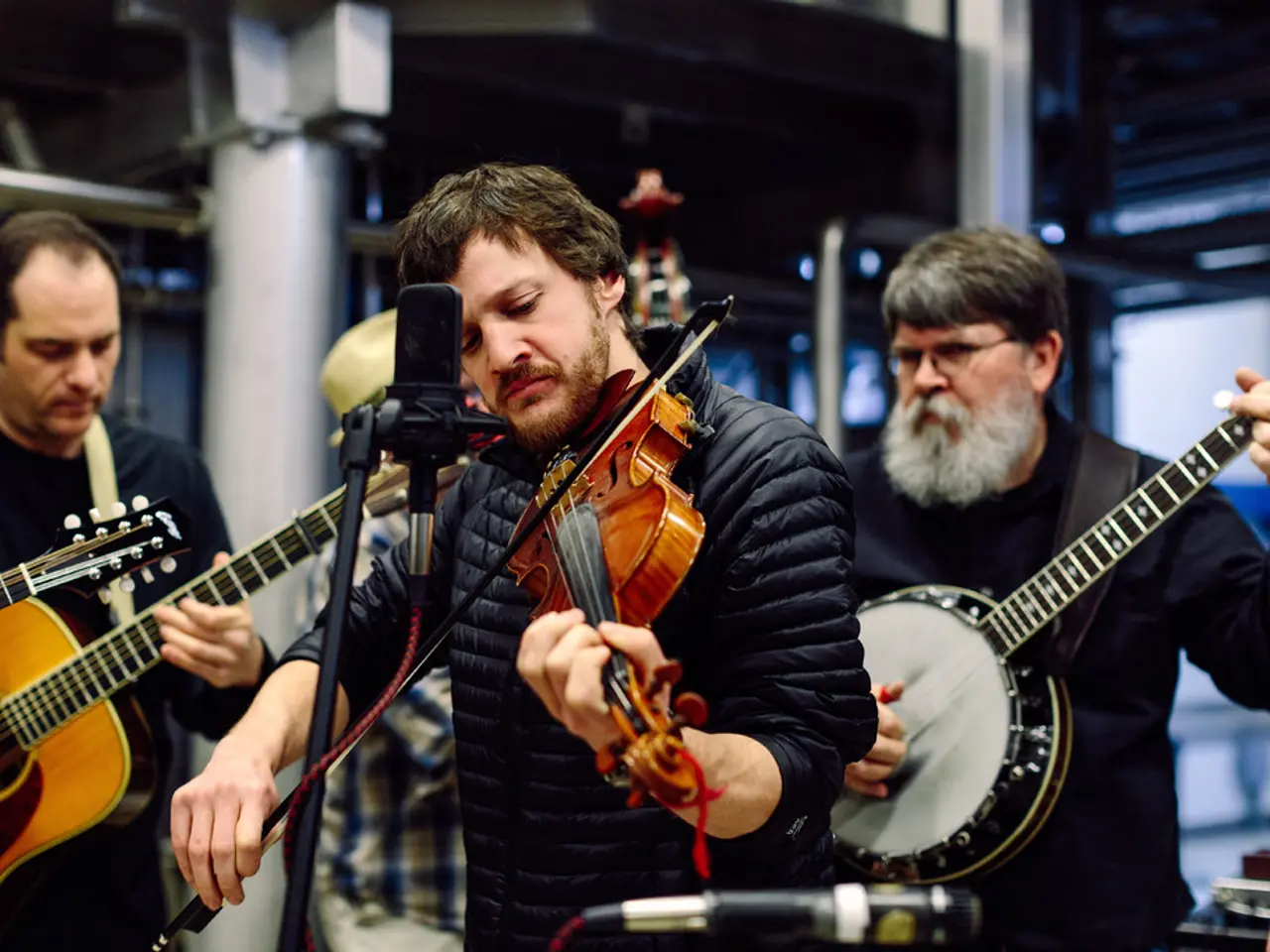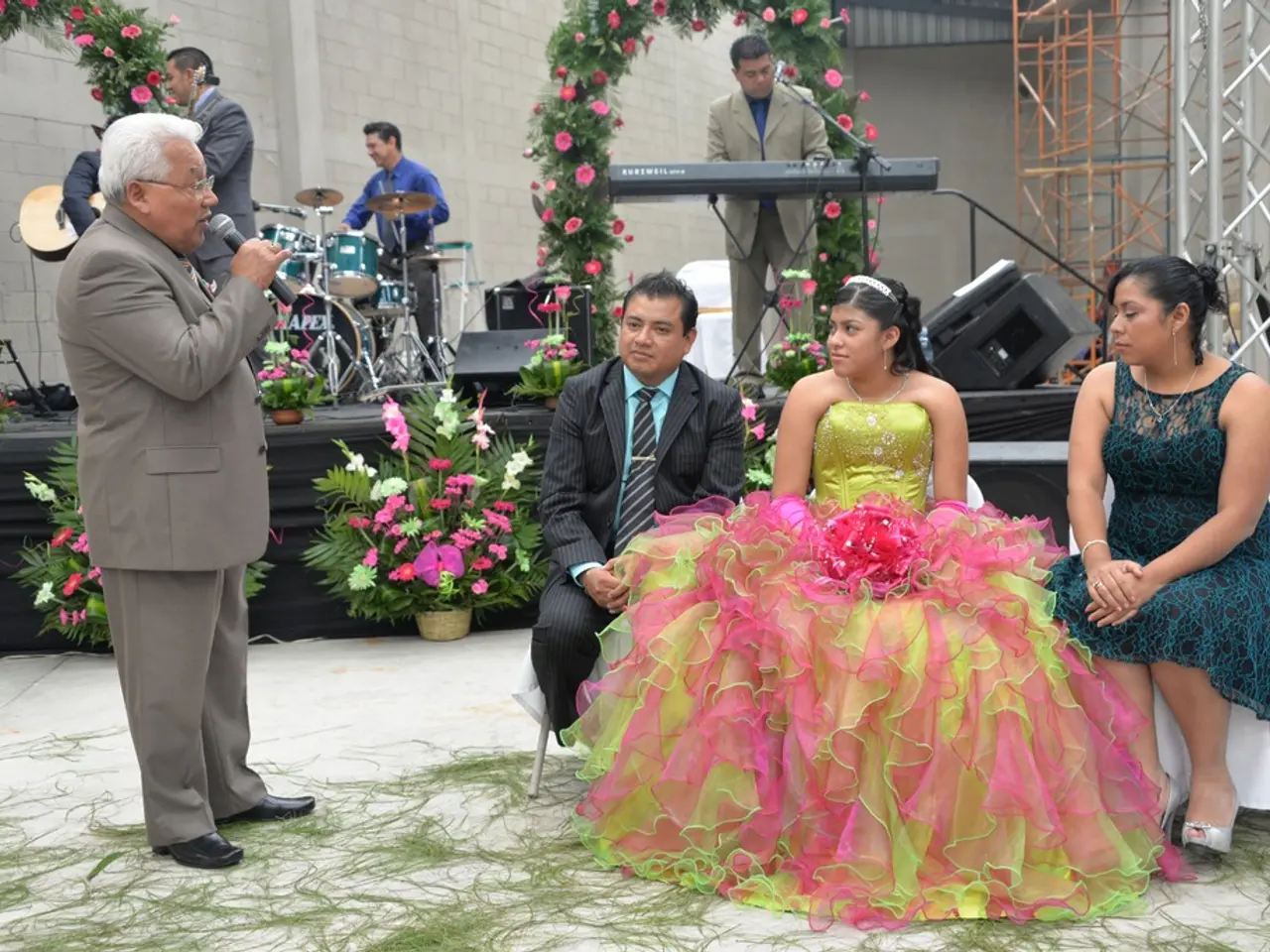Twelve-Bar Blues Breakdown: Unraveling Essential Blues Chord Sequences
In the world of music, few structures have had as profound an impact as the 12-bar blues. Originating from African American roots, this simple yet powerful progression has left its mark on various genres, including jazz, R&B, rock, and pop.
At its core, a 12-bar blues divides into three four-bar segments. In its simplest form, it contains the tonic, subdominant, and dominant chords, often played as dominant 7th chords. For instance, in the key of C, this would be C major, F major, and G major, respectively.
The first segment contains four bars of C major. The second segment contains two bars of F major and two bars of C major. The third segment brings in the G major chord for one bar, followed by another bar of C major to round off the progression.
However, the 12-bar blues isn't just about simplicity. It's a canvas for creative expression, as evidenced by the various techniques and variations employed by musicians across genres.
One such technique is tritone substitution. In the context of a 12-bar blues, this involves replacing a dominant chord with another dominant chord a tritone away. An example of this can be seen in replacing the C7 in the fourth bar of the first segment with an F#7.
Secondary dominants are another common feature in the blues. These chords, from outside the home key, relate to chords in a progression by a V-I relationship. For instance, in the key of C, the (V) G chord has the secondary dominant D7. Secondary dominants can be preceded by a related ii chord, such as (ii/V) A min in the case of (V) G.
The turnaround, a common ending in music, is not just a blues or jazz phenomenon but is found in most classic jazz songs. In the context of a 12-bar blues, the turnaround can take various forms, such as replacing the A7 with an Eb7, and a secondary dominant of the original A7 (E7) can be placed before the Eb7 for a chromatic movement in the bass.
Across genres, these progressions differ mainly in complexity, chord substitutions, and feel. Jazz blues often incorporates more sophisticated chord substitutions and extensions, such as 9ths, 13ths, diminished chords, and ii-V progressions. Rock blues tends to use simpler, more driving dominant 7th chords, often with power chords or distortion. Folk blues typically sticks closer to the classic 12-bar structure, focusing on storytelling and vocal delivery.
Variations include the Pop Blues progression, which introduces borrowed chords like the flat VII (e.g., B♭ major in the key of C) borrowed from the Mixolydian mode, adding a bluesy tone suitable for improvisation with minor blues scales, especially in jazz and pop-blues contexts. The 24-bar blues, which doubles chord durations and adds extended turnarounds, is sometimes used in jazz or extended jam contexts.
In conclusion, the 12-bar blues progression, with its dominant 7th chords on I, IV, and V degrees, serves as a foundation for countless musical creations across genres. Whether it's the rich harmonies of jazz, the raw energy of rock, or the storytelling simplicity of folk, the blues continues to be a melodic journey worth exploring.
[1] [Source 1] [2] [Source 2] [3] [Source 3] [4] [Source 4] [5] [Source 5]
The 12-bar blues, with its roots in various music genres, is a significant aspect of music distribution in the entertainment industry. This basic structure, though simple, presents a fertile ground for creative expression, featuring techniques such as tritone substitution and secondary dominants. Moreover, the blues has evolved into diverse forms like jazz blues, rock blues, folk blues, and pop blues, each showcasing unique complexities, chord substitutions, and feels, highlighting its enduring relevance in the world of entertainment.
